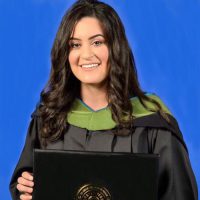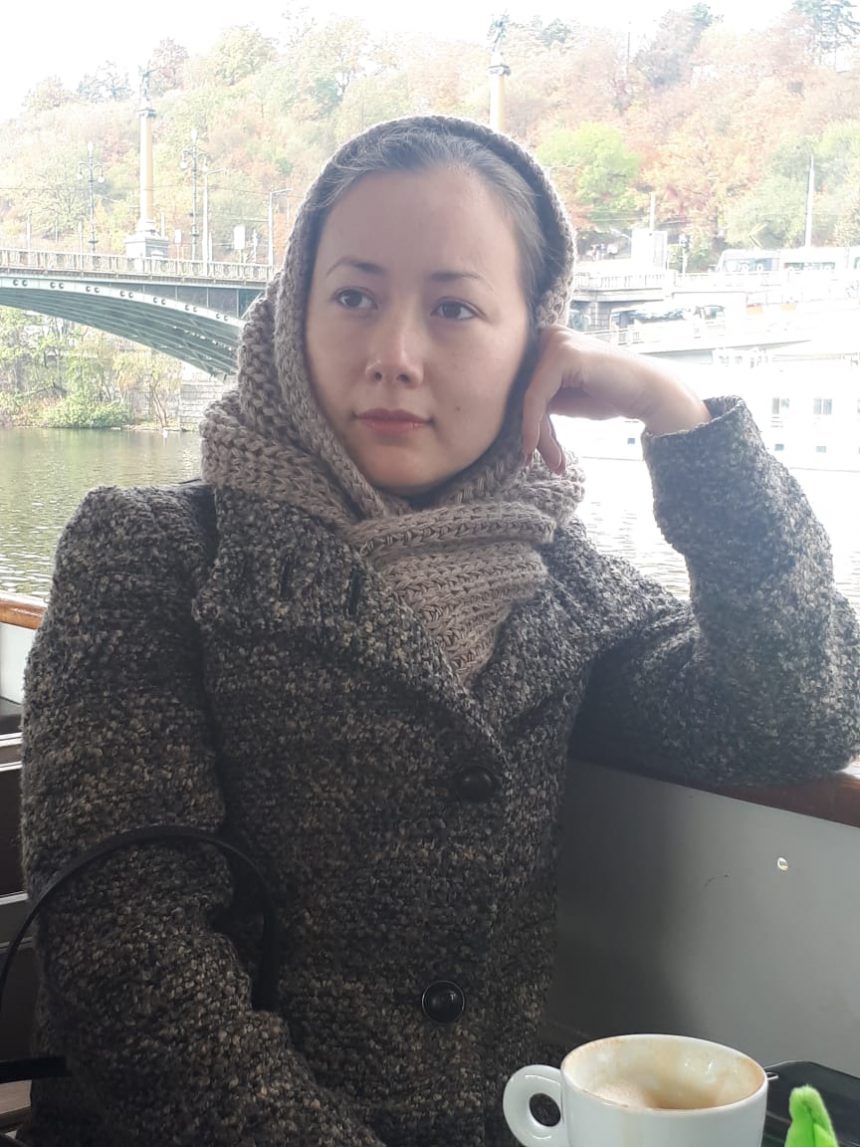Cardiac Cycle
Phases & Heart Sounds
Not a member? Sign up now to access 800+ videos on Basic Medical Sciences & Clinical Medicine. Free Access to new videos every week. Master Medical Sciences with crystal clear concepts.
Cardiac Cycle – Systole and Diastole
The mechanical events occurring during one systole and diastole.
One cardiac cycle = 1 systole + 1 diastole
To study a particular phase of cardiac cycle, one should study what happens to atrium, ventricle, aorta/pulmonary vein, cardiac valves in that phase. Events that occur in left chambers of heart, similar events occur in right chambers of heart.
Events that occur in left chambers of heart, similar events occur in right chambers of heart.
Phases of Cardiac Cycle
Atrial contraction (First Phase)
This is the phase of atrial contraction. 80% of ventricular filling has been done passively even before the onset of atrial contraction and the remaining 20% of ventricular filling is due to atrial contraction. This active filling of ventricles becomes valuable during physical activity.
When pressure in the atrium increases, blood rush into the ventricles through the opened mitral valve. During left atrium contraction, pressure and volume are transferred into left ventricle through opened mitral valve. Remember aortic valve is closed because pressure in aorta is greater than the pressure in left ventricle at this moment.
What is “a“ Wave
“a” wave is a pressure wave produced within left atrium due to atrial contraction.
Isovolumetric Contraction (Second Phase)
This is the early phase of ventricular systole. When ventricles contract, there is a progressive increase in intraventricular pressure. When intraventricular pressure increase than atrial pressure, This wil leads to closure of mitral valve. That closure of mitral valve produces first heart sound (S1) and little bulging of mitral valve into atrium causing the slight increase in the atrial pressure, and “c” wave.
Intraventricular pressure progressively increases upto 80mmHg yet it is not competent enough to open the aortic valve. At this moment ventricle is contracting with closed mitral and aortic valves. Meanwhile, intra atrium pressure is gradually increasing due to accumulation of blood returning from lungs into the left atrium. During the same phase, aorta pumps whatever blood it contains into more peripheral part of arterial tree due to its elastic nature.
This is the stage of ventricular contraction when backward valves are closed yet the forward valves are not opened. Ventricle is contracting as a closed chamber without any change in volume and size of the ventricle. We call it isovolumetric contraction of early part of ventricular systole.
Rapid Ventricular Ejection (Third Phase)
When pressure reaches to 81mmHg, aortic valve opens. Third phase of cardiac cycle has started. Ventricles keep on contracting and there is a progressive increase in intraventricular pressure upto 120mmHg. During this phase, aortic valve opens and blood is ejected rapidly into aorta. Now left ventricle and aorta behave as a single chamber. The pressure changes occurred in the ventricles results in faithfully transmission of pressure to aorta. Meanwhile left atrium is still receiving blood from the lungs and “v” wave is produced due to accumulating blood in the atrium.
Slow Ventricular Ejection (Fourth Phase)
In this phase atrium is still behaving as reservoir of blood and the pressure wave “v” is keep on building. Mitral valve is closed. Ventricles are still contracting but due to ejection of blood intraventricular pressure starts falling. Hence, pressure in aorta also starts falling, but intraventricular pressure is still more than aortic pressure. Aortic valve remains open leading to slow ejection of blood into aorta. Elastic aorta keeps on squeezing the blood and pumps it into peripheral arterial tree.
Isovolumetric Relaxation (Fifth Phase)
In this phase ventricles start relaxing. Intraventricualr pressure falls rapidly. In the beginning, as soon as the ventricular pressure becomes less than pressure in aorta, aortic valve closes. Even though pressure in ventricle is falling, it is still high enough compared to pressure in atrium. So ventricle is relaxing with closed valves and it is known as isovolumetric relaxation. During this phase atrium is still behaving as reservoir of blood.
Rapid Passive Ventricular Filling (Sixth Phase)
When left ventricle start relaxing, pressure in left ventricle start dropping rapidly until it reaches the point where pressure in the ventricle becomes less than the pressure in atrium, leads to opening of mitral valve. Blood which was previously accumulated in atrium will rush into ventricle. This rapid filling is done without atrial contraction.
Slow Passive Ventricular Filling (Seventh Phase)
As atrioventricular valve open, blood coming to atrium directly rushes into the ventricle. Here atrium is not acting as reservoir.
Definition of Heart sounds (S1, S2, S3, S4)
S1 Heart Sound
In the beginning of ventricular systole, mitral and tricuspid valves closure produce a sound. This is called first heart sound.
S2 Heart Sound
Closure of aortic and pulmonary valve at the end of ventricular systole, produce a sound. This is called second heart sound.
S3 Heart Sound
In some young person; in the last moments of rapid passive ventricular filling phase, heart may produce a sound. This is called third heart sound.
S4 Heart Sound
In some young person; in the last moments of rapid passive ventricular filling phase, heart may produce a sound. This is called third heart sound.
Graphical Representation of Cardiac Cycle
To express cardiac cycle on a graph, pressure is taken along y-axis and time shown by x-axis.
The first phase starts with atrial contraction, atrial pressure rise and mitral valve become open. So the pressure transfers to the ventricle. There is equal rise in ventricular pressure graph. Aortic pressure graph still shows 80 mm Hg.
In the next phase ventricles start contracting. As soon as ventricle pressure becomes higher than the atrial pressure, mitral valve closes. Ventricle keep on contracting with closed mitral and aortic valves. There is a production of “c” wave in atrial pressure graph. Graph representing the ventricular pressure keeps on rising but it doesn’t go beyond the aortic pressure graph.
The next phase is rapid ventricular ejection. When ventricular pressure becomes higher then aortic pressure, aortic valve opens. Pressure in ventricle is transmitted equally to the aorta. There is equal rise in graph of ventricle and aortic pressures. Both pressure graphs reach to 120mm Hg. Atrium is behaving as reservoir of blood and “v” wave is produced in the atrial pressure graph.
In the next phase of slow ventricular ejection, ventricle pressure starts descending and aortic valve closes. The graph of ventricular pressure also descends. The graph of aortic pressure descends till 80mmHg then remains constant at this value. Atrium still behaving as reservoir for blood and “v” wave keeps continuing in the same fashion.
In the next phase of isovolumetric relaxation, ventricular pressure graph keeps on descending and reaches below the atrial pressure graph. There is no change in aortic pressure graph; and atrial pressure graph keeps on with “v” wave.
These graphs maintain the same fashion until next cardiac cycle starts with the contraction of atrium.
Not a member? Sign up now to access 800+ videos on Basic Medical Sciences & Clinical Medicine. Free Access to new videos every week. Master Medical Sciences with crystal clear concepts.
About Dr. Najeeb Lectures.
Dr. Najeeb Lectures are the World’s Most Popular Medical Lectures. Our videos are trusted by 80% of Medical, Dentistry, Nursing and Pharmacy students in over 190 countries.
We have 800+ videos on Anatomy, Neuroanatomy, Embryology, Histology, Physiology, Biochemistry, Genetics, Pharmacology, Microbiology, Immunology, Pathology and Clinical Medicine all recorded by Dr. Najeeb.
What makes us different?
We use hand-drawn illustrations to empower your learning process because we believe lasting knowledge results from clear concepts. Our videos are interactive and fun to watch so you don’t have to spend hours memorizing.
They say a picture is worth a thousand words, we have integrated that philosophy in our every lecture. We are Revolutionizing Medical Education through hand-drawn illustrations. One concept at a time.







